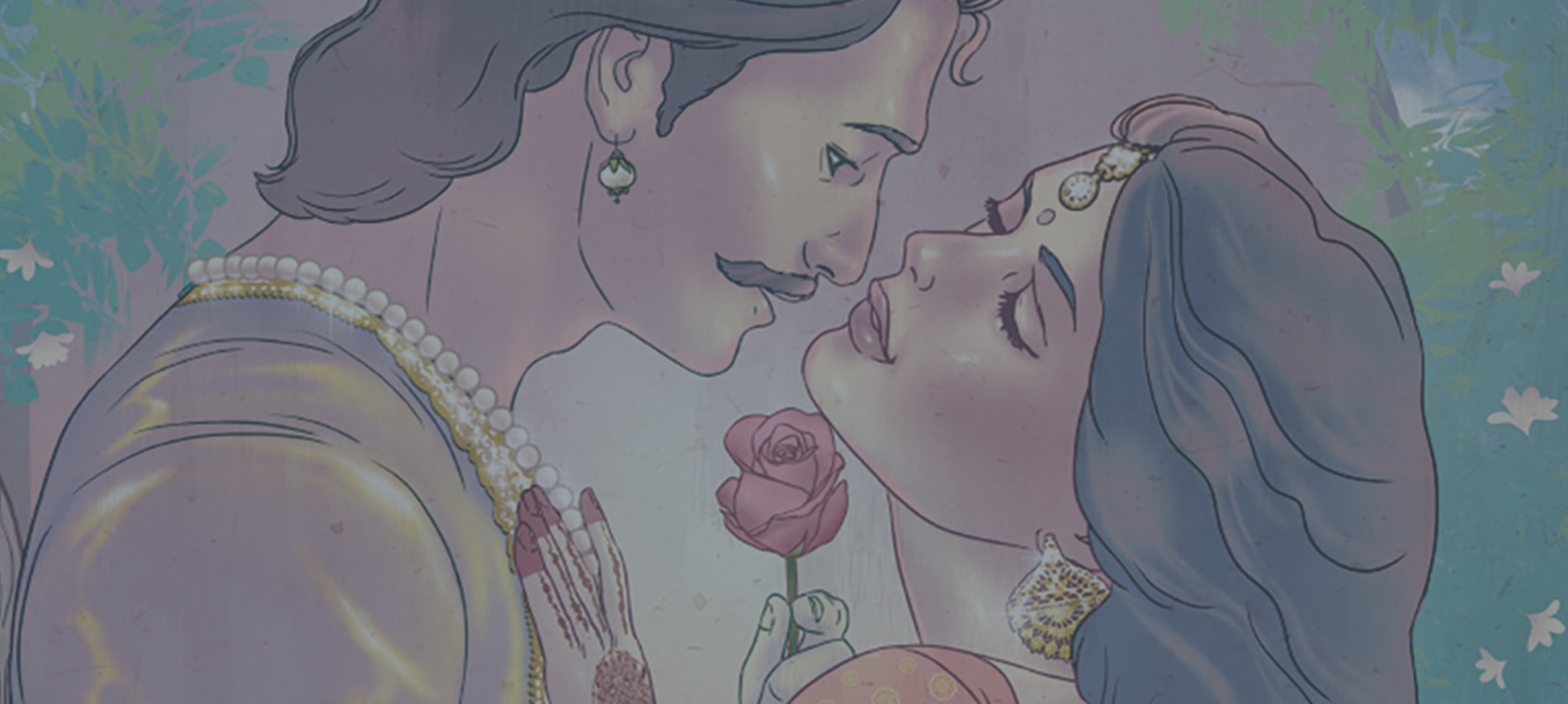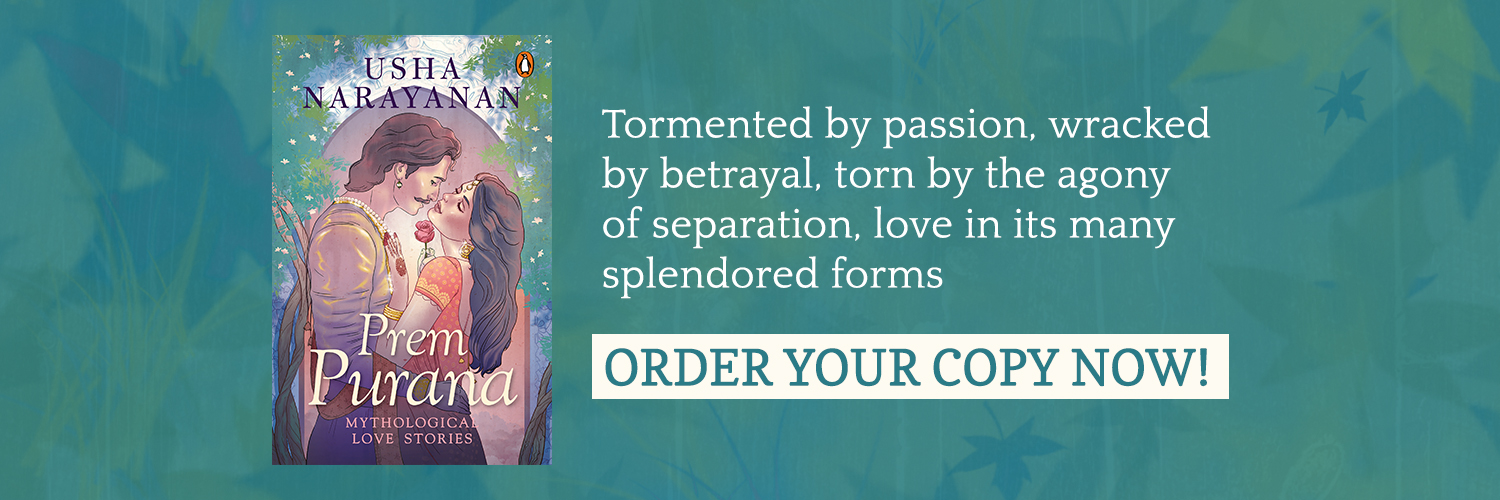Productive conflict resolution
Conflict is an unavoidable, even necessary, part of collaboration, and all teams experience it, not just cross-cultural or virtual ones. “There will, even should be, conflict in a group with a task that has even a minimum of complexity,” according to Jeanne Brett, a professor at Northwestern’s Kellogg Graduate School of Management and director of its Dispute Resolution Research Center. Teams that don’t disagree also don’t challenge assumptions, investigate ideas, point out mistakes, and motivate each other to their highest performance. Indeed, the whole point of fostering diversity on your team is to bring different viewpoints to the table. To some extent, you want these viewpoints to come into conflict; that’s how creativity and learning happen.
But, of course, not all conflict is useful. Personality clashes and task-related disagreements can bring a destructive toxicity.
Many managers believe that their role is to minimize all conflict on the team. Not so. The trick is to encourage healthy conflict. That means facilitating constructive conflicts and resolving harmful ones. Here’s the difference: healthy disagreements result in a better work product and/or stronger intrateam relationships. Unhealthy disagreements undermine your shared accomplishments and damage the team’s working relationships.
It can be a tough call to make in the moment—“Should I let my employees pursue this disagreement, or is it time to intervene with a conflict resolution?” You’ll have to go with your instinct a lot of the time, but when you’re really torn, ask yourself: Is this productive? Is this moving us closer to or further from a positive outcome?
If your answer to the first questions is yes, your best bet is probably to encourage debate and discussion so that each side can confront the other’s point of view. This isn’t a free-for-all: you still need to be actively involved as a moderator, so that the conversation stays respectful and on track. But if your answer is no, your people may need the structure of a conflict- resolution process to reach closure. Here’s how to handle both situations:
How to facilitate constructive conflict
It’s not easy to fight well, but shared processes help. Clarify your expectations with the team before a major conflict arises, either by posting your own rules somewhere (in a meeting room, on the team site) or by leading the group in a shared discussion of norms. Address these key topics:
Set ground rules.
Naming the behaviors that are and aren’t OK during a conflict will keep disagreements from spiraling out of control. Every team is different, and the specific personalities and organizational culture at play will dictate what makes sense in your particular environment. One rule, though, applies universally: conflict should be handled openly. Disagreeing with someone isn’t inherently disrespectful, and if team members choose not to voice their opinion, they should be prepared to let it go. For other potential guidelines, see the earlier box “Rules inventory.”
Establish a shared process for resolving conflict.
If team members know what to do when friction arises, they won’t shy away from necessary disagreements, and more often than not, they’ll be able to solve their own problems. Clear, step-by-step protocols for handling con- fl ict should be a central part of your team’s normal processes. One such protocol should deal with formal conflict resolution, addressed later. But spell out the lower-stakes alternatives, too. For example, team members should:
- Respectfully confront the colleague they disagree with before they bring in anyone else, including you.
- Talk about complicated issues face-to-face or over video chat, not over email.
- Prepare on their own before they open a discussion with each other, so they come ready to explain their concerns and discuss alternatives.
- Take turns summarizing each other’s ideas or concerns—in good faith. By forcing themselves to articulate each other’s point of view, they might find new ground for compromise.
- Put the discussion on pause when they feel themselves losing track of the argument or their own self-control.
- Escalate the argument without becoming vindictive or angry. When disagreements prove intractable, frame it as “We need help sorting this out,” not “The team leader will decide who’s right and who’s wrong.”
Provide criteria for contentious trade-offs.
When zero-sum decisions arise for a team, it’s helpful to have some well-defined criteria for making trade-offs. Fortunately, your team has these at hand, in the form of your organization’s overall strategy and the purpose and objectives this strategy has already defined for your group’s work. Clarify these points with your people and be specific about your goals and highest priorities. For example, “Meeting the deadline for this assignment is more important than fulfilling its scope” or vice versa.
How to resolve destructive conflict
With practice, your team members may learn to manage constructive conflict mostly on their own, with little intervention from you. By contrast, a formal conflict-resolution process always involves you. Sometimes your employees will bring an issue to your attention and ask for your help. But if they’re not self-aware enough to do this, you may need to take the initiative and ask them to participate. However, you start off, the process should have three phases:
Step 1: Find the root cause.
This step may require some research on your part. If the conflict is complicated or long-standing, you’ll want to know what’s going on before you invite two tense people to a meeting to hash it out. If you do decide to involve other people in your inquiry, try to talk to all parties involved in the conflict separately. And follow up with anyone else on the team whose perspective could clarify the problem, if you can do it sensitively. The questions you want to clarify for yourself through these interviews are:
- Why are team members arguing with each other?
- Is there a deeper personality conflict here?
- Are there organizational causes of this conflict?
- Is this a recurring pattern?
- Why does one member always insist on getting his or her way?
- Is the cause of this conflict a behavior? A clash of opinions? An external situation?
When you have some answers to these questions, you’ll be able to start generating ideas for negotiating a resolution. For example, if the conflict is caused by a personality clash, you’ll probably need to help the team members learn to communicate better with one another and be more respectful when they disagree. If the conflict is caused by project circumstances, you and your team can brainstorm fixes like hiring additional resources, redefining roles, or modifying the scope of the work.
Step 2: Facilitate a resolution.
You may have a few ideas for how this situation should evolve, but it’s best to avoid dictating a solution. Solutions don’t work simply because they make sense or because you said so; they work when they have buy-in from the people who have to execute them. For this reason, compromises that are imposed from above tend not to be as thorough or as resilient as the ones a team arrives at by itself.
Frustrating as it may be, play no more than a facilitating role. Your listening-to-telling ratio should be 4:1, and the “telling” part should mostly be active listening tactics to help team members understand underlying assumptions. That means asking open-ended questions, restating and reframing team members’ perspectives, and encouraging the other people in the room to do the same. Set the tone for this discussion by reminding people to stick to the facts, to talk about behaviors instead of traits, and to follow the team’s ground rules for conflict.
If the team members resist coming to a resolution despite your best efforts, you may need to steer the conversation a little more decisively. Leadership coach Lisa Lai recommends using these five questions to facilitate the conversation:
- What does each person really want?
- What matters to them, personally and professionally?
- What motivates them? What fears do they have?
- Where is there common ground?
- What’s the difference between their stories?
If the conversation really seems stuck, try these tactics:
- Ask each team member to share their BATNA. In negotiation parlance, a BATNA is your “best alternative to a negotiated agreement”—basically, what your team members think will happen if they can’t resolve their dispute. Then ask them how their BATNAs will affect the rest of the team. Articulating consequence to the group may help them recommit to finding a solution.
- Refocus the discussion on the team’s strategic objectives. Sometimes, the team members’ shared interests are strong enough to compel a resolution on their own (see the box “Case study: Focusing team members on a shared goal”). Other times, you may need to push a little harder. Ask the team members to identify together the key priorities that their agreement should address and then limit the scope of the discussion to these issues alone: “This is a very complicated situation, and I can see it’s wearing on everyone involved. But if we can’t resolve all of it right now, that doesn’t mean we can’t resolve any of it. For now, let’s focus on coming up with a solution for X issue.”
This is an excerpt from Harvard Business Review’s Manager’s Handbook – the 17 Skills Leaders Need to Stand Out. Get your copy here.
Credit: Abhishek Singh












































